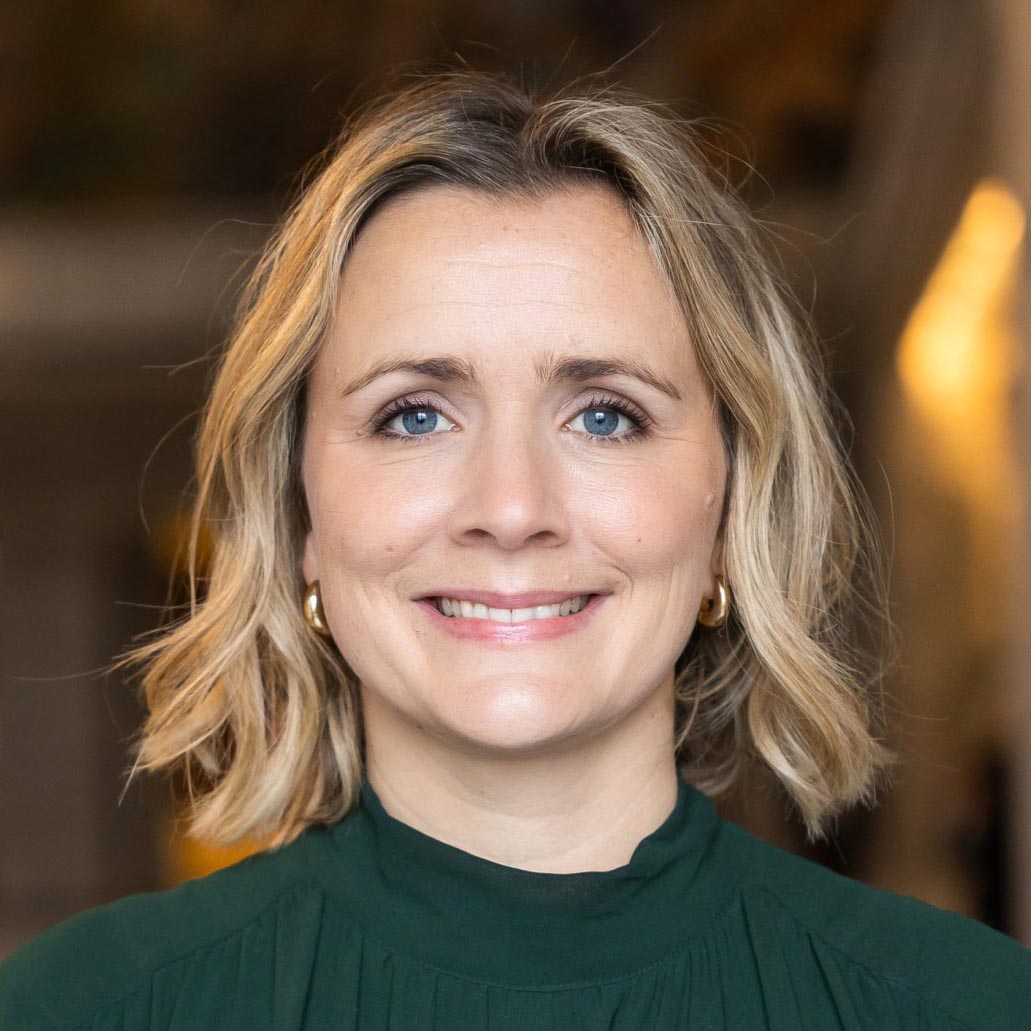From 2007 to 2019, public transport in Akershus doubled. After the pandemic, public transport ridership in 2023 was roughly back to the same level as normal traffic before the pandemic. This is a positive development, and we will work to ensure that public transport meets the increasing transport needs in our region.
After leaving behind challenging times with the pandemic, we look forward to the future with increasing passenger numbers. However, even though we have recovered, we still missed out on the expected growth for public transport. Fortunately, it now seems that those trips are back on the bus, train, and boat – which is both important and good.
Every day, we work to get more people to choose public transport over cars in their daily lives. At the same time, we face challenges in an increasingly technology-driven world. As owners of Ruter, we have high political expectations for results and goals related to climate, operations, and customer satisfaction. Passengers waiting at the bus stop must be able to feel confident that the bus will arrive on time.
For public transport to be an attractive alternative to the car, it’s important that the bus doesn’t get stuck in traffic. In the future, we will work to improve bus accessibility throughout Akershus, for example, through more dedicated lanes and higher priority at traffic lights, and stimulate innovation and digital solutions.
Public transport should operate with the least possible greenhouse gas emissions and with consideration for nature and the environment, while also meeting society’s needs for more efficient solutions. Ruter is an important driver in reducing climate emissions from the transport sector. The same applies to universal design. We are committed to ensuring that all public transport is universally designed from start to finish. Ruter has done a lot of good work to make it easier for more people to take public transport.
The County Council applauds Ruter’s commitment to innovation and technology, with the goal of making public transport easy to use and adapted to the needs of travelers. It is important to develop good and customized solutions for local transport, in addition to the travel flows to and from Oslo. On-demand transport is an example of this. Last year, Ruter received the Research Council of Norway’s Innovation Award for this work, where I had the pleasure of participating in the award ceremony. I look forward to following this exciting work further.
Håkon Snortheim (H)
County Councilor for Transport in Akershus County Municipality


